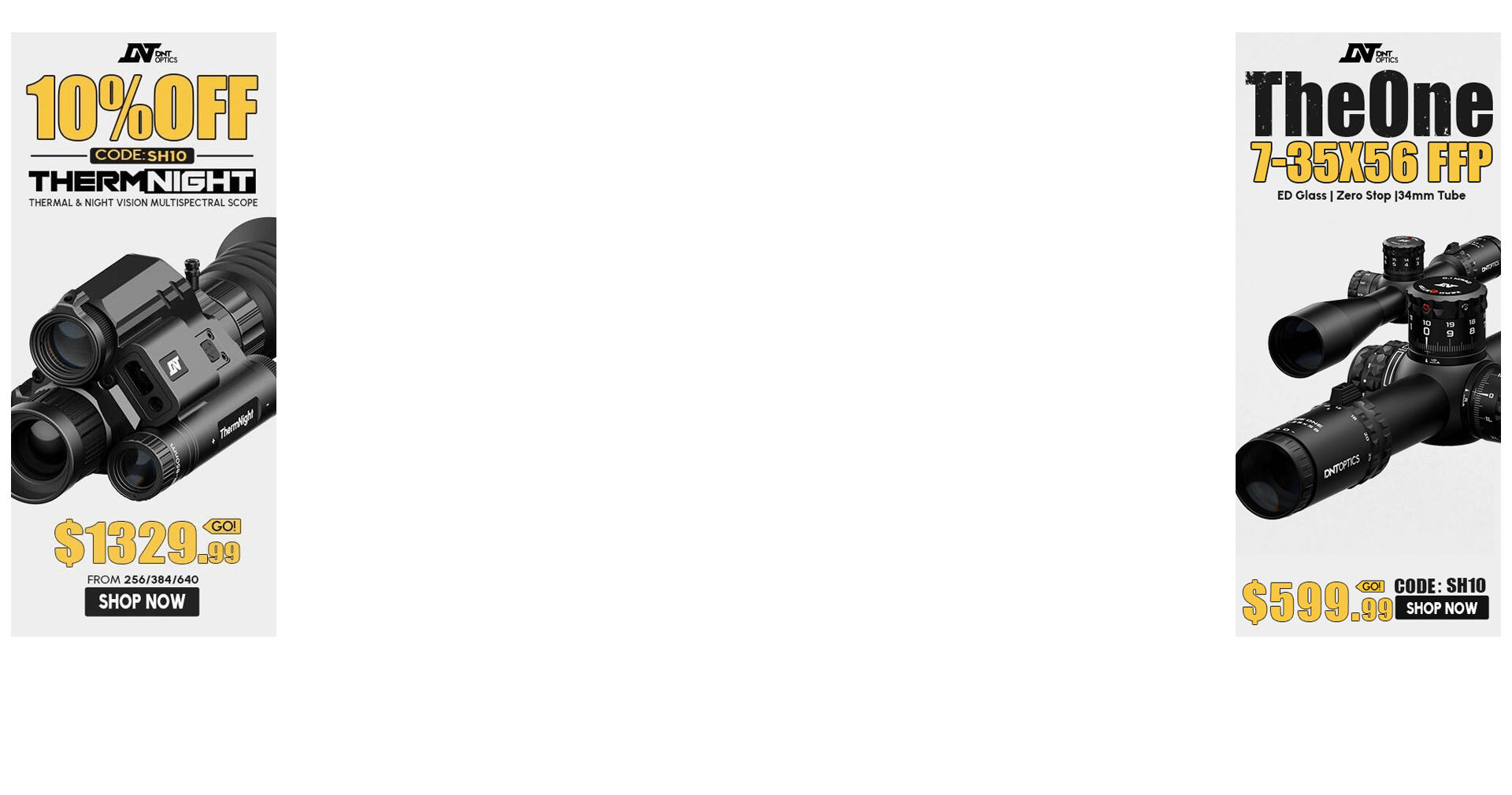I struggle to get the rifle perfectly still, which seems to be a mental block against allowing the trigger to surprise me. My teen years of .22LR plinking trained me to time the trigger with the movement of the sight picture, and I'm struggling to reverse that and get good groups @ 100-300 yards using a scope. The sight picture can sometimes have 1MOA of movement or more, no matter how relaxed I try to be.
At my range, there are plenty of sandbags and concrete benches. I usually put the bipod on top of a sandbag, and use a sand sock for the rifle butt. I load the bipod with my shoulder a bit, squeeze the sand sock, and get on sight. My shooting hand not yet on the rifle. The sight picture moves a bit with my natural body motions. When I gently put my thumb on the rifle and my finger on the trigger, the sight picture moves a bit more. At this point, .25 MOA is out of the question, except for pure luck. What else can I try? I want to be able to shoot precisely in the field and not be dependent on some bench rest / lead sled setup.
When you are "on sight" and ready, is your sight picture perfectly still?
At my range, there are plenty of sandbags and concrete benches. I usually put the bipod on top of a sandbag, and use a sand sock for the rifle butt. I load the bipod with my shoulder a bit, squeeze the sand sock, and get on sight. My shooting hand not yet on the rifle. The sight picture moves a bit with my natural body motions. When I gently put my thumb on the rifle and my finger on the trigger, the sight picture moves a bit more. At this point, .25 MOA is out of the question, except for pure luck. What else can I try? I want to be able to shoot precisely in the field and not be dependent on some bench rest / lead sled setup.
When you are "on sight" and ready, is your sight picture perfectly still?

